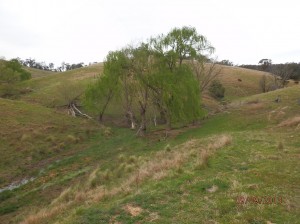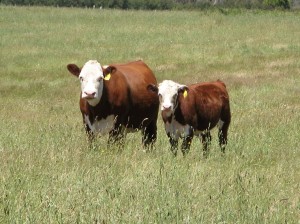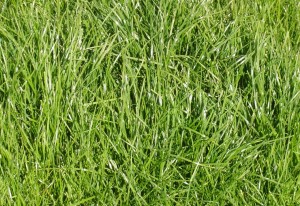East Gippsland – Pastures
East Gippsland is characterised by three main land-types; rangelands, high country plains (Red gum plains) and rich valleys. Differences in pasture type results from differences in terrain, temperature, soil depth, soil fertility, rainfall amount and variability and historical management.
Rangelands

The majority of the rangelands contain native and unimproved pastures.
Dominant native species include kangaroo grasse, wallaby grasses, Microlaena spp., Stipa spp and red grass. Rotational grazing to better manage native pastures has been successful in increasing the amount of perennial native pastures and decreasing the annuals and bare ground.
Non-native pastures includes a mixture of annual and perennial species. Some areas of improved pastures can be seen in the high country with the most dominant species being phalaris. Phalaris and cocksfoot are sometimes sown on valley floors and hill crests in the area.
Limitations to pasture growth in the high country include cold temperatures (especially snow through winter), steep terrain, shallow soils, unpredictable rainfall and poor fertility.
Red gum plains

Much of the Red gum plains contain native and unimproved pastures similar to the rangelands.
Some improved species include phalaris and perennial ryegrass on the heavier clay loam country and cocksfoot and lucerne in the lighter sandy soils.
The soils are generally sandy and well drained and can be subject to wind erosion through summer and autumn if the ground cover is lacking.
Rainfall in the region is unpredictable and often low as they are in the rainshadow of the Great Dividing Range to the north and the Strzelecki Ranges to the west. It is common to have long dry summers followed by failed autumn breaks, while other years heavy downpours in summer can occur. Current pastures do not generally respond to these summer rains. The average rainfall is higher around Bairnsdale (648 mm/yr) and reduces to the west towards Maffra (595 mm/yr). Traralgon is away from the rainshadow and has an average of 740 mm/yr with improved pastures on Latrobe River .
Much of the Red Gum Plains have infestations of pasture weeds including african lovegrass, serrated tussock, sporobulos, flat weeds and bent grass.
There is an increasing trend to use cereals and annual ryegrass over pastures in winter and use fodder crops such as millet, canola and turnips through summer to feel feed gaps.
Rich valleys

The river flats of East Gippsland are predominantly improved pastures.
Much of the region is used for dairy farming and horticulture and has irrigation available.
The most prominent pasture is perennial ryegrass and white clover. Lucerne is commonly seen under irrigation. Tall fescue is less commonly used.
Further Information
- On-farm Options: Feedbase and pasture species
- EverGraze Action: Productive persistent perennial ryegrass
- EverGraze Action: Grazing phalaris for production and persistence
- Primefact: Cocksfoot
- EverGraze Action: Growing and using winter active tall fescue
- EverGraze Action: Growing and using lucerne
- EverGraze Action: Growing and using summer active tall fescue
- Long Term Phosphate Trial

